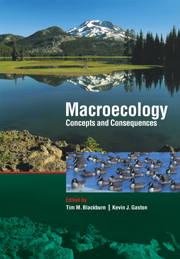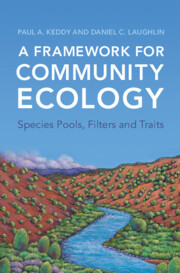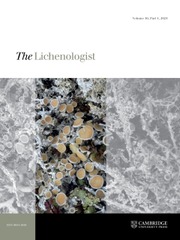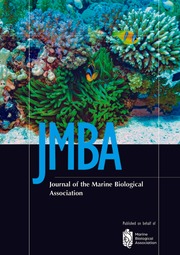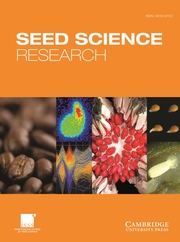From Plant Traits to Vegetation Structure
Plant community ecology has traditionally taken a taxonomical approach based on population dynamics. This book contrasts such an approach with a trait-based approach. After reviewing these two approaches, it then explains how models based on the Maximum Entropy Formalism can be used to predict the relative abundance of different species from a potential species pool. Following this it shows how the trait constraints, upon which the model is based, are necessary consequences of natural selection and population dynamics. The final sections of the book extend the discussion to macroecological patterns of species abundance and concludes with some outstanding unresolved questions. Written for advanced undergraduates, graduates and researchers in plant ecology, Bill Shipley demonstrates how a trait-based approach, can explain how the principle of natural selection and quantitative genetics can be combined with maximum entropy methods to explain and predict the structure of plant communities.
- Reviews and contrasts different conceptual approaches to community ecology, allowing ecologists to view old questions from new perspectives
- Explains the benefits of a trait-based approach to plant community ecology, through empirical methods and conceptual notions
- Describes the Maximum Entropy Formalism approach and its application to problems in ecology, allowing ecologists with no previous training to understand and apply this method
Reviews & endorsements
'… quantitatively strong and pleasantly readable … The time spent reading From Plant Traits to Vegetation Structure will be very well spent in preparing for the next generation of models of community assembly.' Plant Science Bulletin
Product details
October 2009Hardback
9780521117470
290 pages
234 × 158 × 18 mm
0.59kg
1 b/w illus. 9 tables
Available
Table of Contents
- Preface
- 1. Playing with loaded dice
- 2. Population-based models of community assembly
- 3. Trait-based community ecology
- 4. Modeling trait-based environmental filters: Bayesian statistics, information theory and the maximum entropy formalism
- 5. Community dynamics, natural selection and the origin of community-aggregated traits
- 6. Community assembly during a Mediterranean succession
- 7. The statistical mechanics of species abundance distributions
- 8. Epilogue: traits are not enough.


